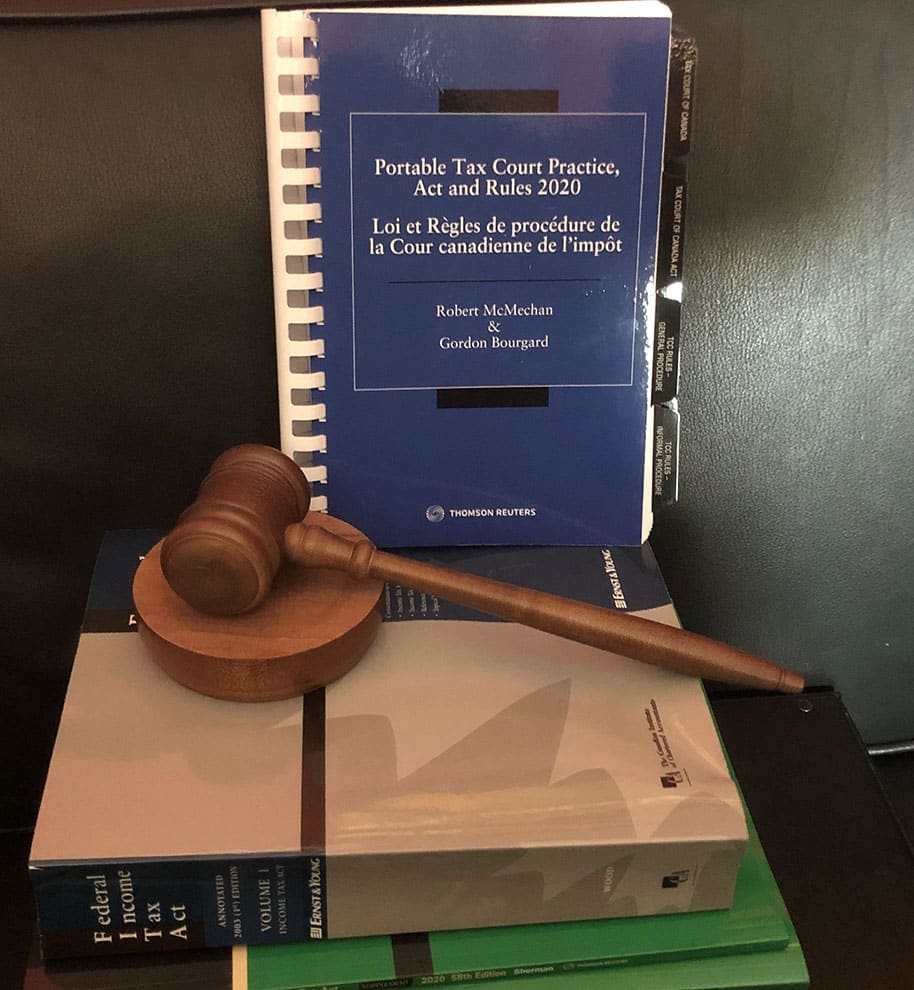In Barrs v The Queen et al, the taxpayer, Mr. Randall Barrs, appealed to the Federal Court of Appeal after the Federal Court dismissed his application for judicial review of the Canada Revenue Agency’s (CRA) decision to deny him additional relief from accrued interest.
In 1984, Mr. Barrs and other individuals invested in a scheme that promised tax savings in the form of flow-through losses and various deductions claims. The CRA disallowed the claims based on fraud. Several investors including the taxpayer, then challenged the reassessments.
In 2004, a group of taxpayers impacted by the CRA decision made an interest relief request under s.220(3.1) of the Income Tax Act, which grants the CRA discretionary power to waive off interest and penalties under certain conditions. However, the Mr. Barrs was not one of them.
In 2005, s.220(3.1) was amended to place a 10-year limit on interest relief available, however, there was no time limit before this amendment.
Although the Tax Court of Canada dismissed the group of taxpayers’ appeal in 2014, the CRA granted relief from interest that had accrued over 168 months to these taxpayers who made their relief applications in 2004.
Because Mr. Barrs and other taxpayers only filed their relief from interest in 2014, the CRA granted them relief for interest accrued over 51 months instead of 168 months.
After a second review request, the CRA then granted Mr. Barrs an additional 12 months of relief from interest.
Mr. Barrs then made a third-review request to the CRA that he should be awarded interest relief over 168 months to ensure equity with the taxpayers who made their relief requests in 2004.
After the CRA denied Mr. Barrs his third request, he appealed to the Federal Court, that sided with the CRA.
The Federal Court of Appeal found that the amended s.220(3.1) was not a complete answer to Mr. Barrs’ claim for equitable treatment, and it was open to the CRA to grant additional relief from interest. Therefore, the Federal Court’s decision was set aside.
The Federal Court applied the reasonableness standard and sided with the CRA.
The one issue in Mr. Barrs’ case that didn’t arise in the other taxpayers’ case, who also filed the relief request in 2014, concerns a request for equitable treatment who received greater interest relief because they made the request in 2004. By the time Mr. Barrs’ appeal to the Federal Court of Appeal was heard, all other taxpayers who made request in 2014 had settled their cases with the CRA.
Regarding the issue of inequality in treatment between the two groups of taxpayers, the Federal Court determined that the independent third-level review officer’s treatment of the issue was reasonable.
The court then confined its consideration of the issue to a discussion of the impact of the 10-year limitation period in s.220(3.1) of the Income Tax Act without considering all the other arguments advanced by Mr. Barrs.
The Federal Court of Appeal found s.220(3.1) was not a complete answer to Mr. Barrs’ request for relief.
The Federal Court of Appeal found the Federal Court was correct in selecting the reasonableness standard of review. However, it found the Federal Court erred in the application of that standard to the independent third-level review officer’s treatment of Mr. Barrs’ request for equitable treatment.
Although s.220(3.1) of the Income Tax Act prevents the CRA from granting relief from interest that accrued during taxation years before the 10 years preceding the date the application for review was made, this 10-year limitation was not a complete answer to Mr. Barrs’ claim for equitable treatment. It may be open to the CRA to grant him additional relief from the interest accrued from 2004 onwards to promote equity with the group that requested relief in 2004.
In addition, the Federal Court of Appeal found Mr. Barrs’ claim for equality was not frivolous.
In light of the interest rates that have prevailed since the tax debt arose, Mr. Barrs was faced with an interest bill that far exceeded those of the taxpayers who made their requests in 2004.
Yet, they all invested in the same scheme and had their claims for interest relief examined by the same review officers based on the same facts. Therefore, the Federal Court of Appeal allowed Mr. Barrs’ appeal and remitted his request for relief to the CRA.
Pro tax tips – relief beyond the statute of limitation is still possible.
In this case, although there was a ten-year limitation imposed by the amended s.220(3.1) of the Income Tax Act, the court found that it was not a complete answer to the taxpayer.
Therefore, relief requests beyond the statute of limitation may still be available depending on the circumstances.
Since the CRA is generally reluctant to grant a taxpayer relief application, it is highly recommended that a taxpayer consults with an experienced Toronto tax lawyer regarding interest relief beyond the normal 10-year period.
FAQ:
What relief does s.220(3.1) of the Income Tax Act provide?
Subsection 220(3.1) of the Income Tax Act grants the CRA the discretion to waive interest or penalties payable by taxpayers at their own discretion or upon the taxpayer’s request within the last ten years. This waiver, formerly known as a fairness application, is now typically referred to as taxpayer relief.
The CRA has issued Information Circular IC07-1R1 regarding the circumstances in which the CRA is willing to provide relief. The Circular outlines three primary situations that warrant taxpayer relief:
- Extraordinary circumstances: This includes events like natural disasters, postal strikes, serious illnesses, or deaths in the immediate family.
- Actions of the CRA: Relief may be granted in cases of processing delays, errors in the CRA’s published material, or other mistakes made by the CRA.
- Inability to pay or financial hardship: Relief may be considered when the payment of accumulated interest would result in a prolonged inability to meet basic necessities.
What is a judicial review application regarding the CRA decision?
Judicial Review is a mechanism by which the Federal Court can review the actions or decisions of the CRA. The purpose of judicial review is to ensure the CRA has complied with the law in reaching its decision. If you need to apply for judicial review, you should contact one of our top Canadian tax litigation lawyers for assistance.
How do I apply for interest relief (fairness application) from CRA?
A taxpayer relief application (fairness application) can be submitted when circumstances out of your control resulted in penalties and interest owing to the Canadian tax department.
This application is only available for situations such as:
- Medical/health problem or family member death
- Disaster (such as fire or an ice storm)
- Error on the part of the CRA
- Financial hardship
While the courts have confirmed that financial hardship is a ground for relief, the CRA is very reluctant to grant an application on this basis, and when granted will require extensive and detailed submissions.
DISCLAIMER: This article provides only general information and contains no legal advice. This article is current only as of the publishing date. It will not be updated, so it may no longer be relevant on the day that you read it. This article is not a substitute for legal advice. Each tax circumstance is unique to its facts and may not qualify for any perceived remedy described in this article. You should contact a Canadian tax lawyer if you have specific legal inquiries.



